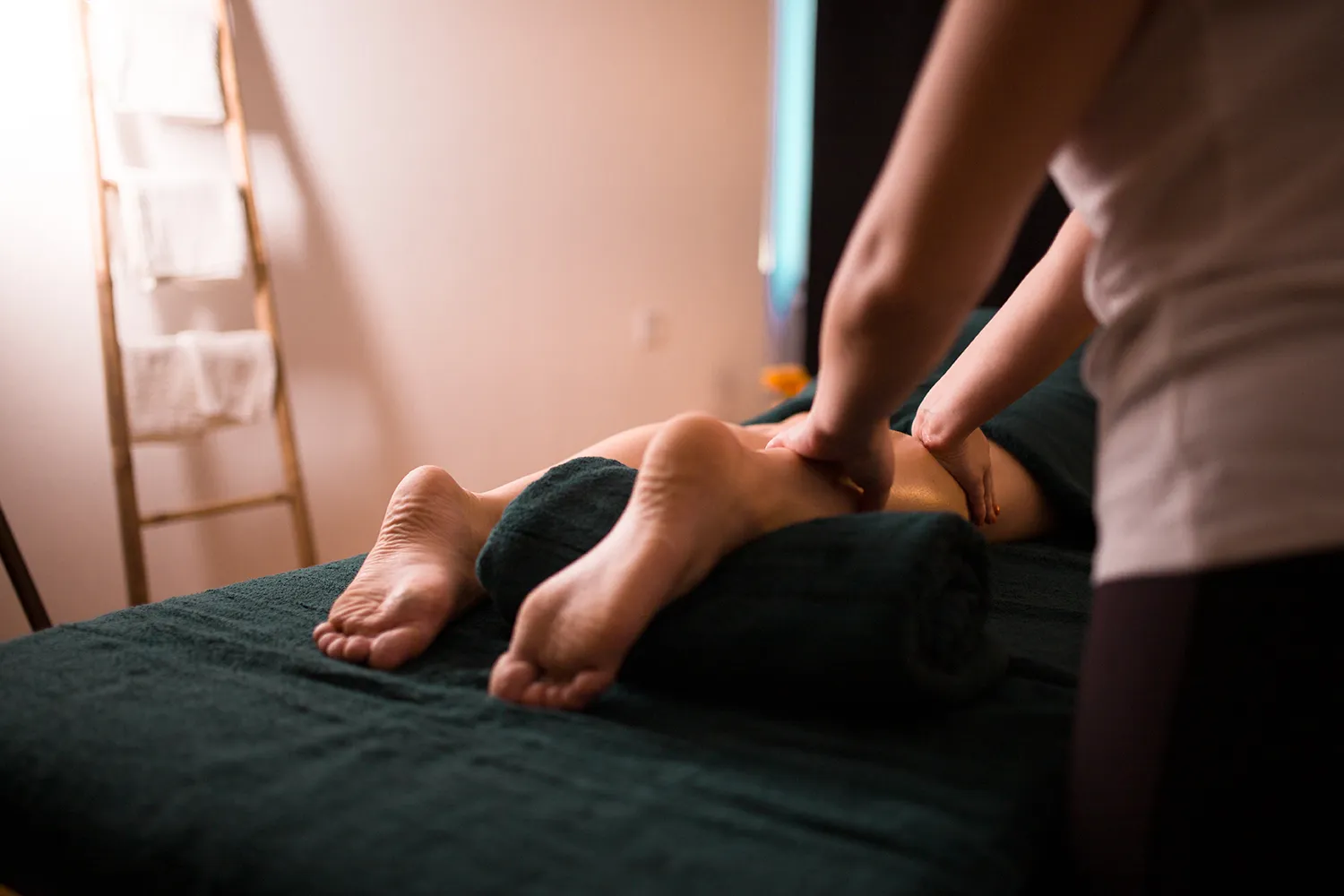Pain is a complex phenomenon with many causal drivers. Soft tissue pain may be grouped into two broad categories – acute and chronic. This clinic’s primary focus is treating chronic pain.
Acute pain has a sudden onset and usually occurs within 48 hours of an injury or physical trauma. It is accompanied by swelling, inflammation, reduced joint range of movement and muscle guarding. Acute pain normally resolves after the initial injury or infection has healed.
Chronic pain is usually six months or more in duration. It does not always have a specific cause and persists long after the initial injury or disease resolves. Common causes of chronic pain include:
- Muscular – pain caused by tight, restricted or injured muscles
- Osteo-articular – pain caused by damage to bones and their articulating joints
- Neural – pain caused by nerve impingement and damage
- Visceral – pain caused by restriction or adhesions of the internal organs, surrounding fascia or connective tissues

The causes of muscular pain are strains, tears, fascial or connective tissue restriction, overuse, and fatigue. Weak, overused and fatigued muscles often result in the formation of painful trigger points within muscle tissue. Both fascial adhesions and trigger points reduce muscle length, restrict blood flow in and out of muscle tissue, impede the uptake of nutrients and oxygen and the expulsion of metabolic waste. Manual soft tissue therapy in the form of trigger point therapy and myofascial release are highly effective means of restoring muscle length and normalising metabolic function. To find out more about these therapies, click here.
Osteo-articular pain is caused by damage or restrictions to bones and their articular joints. Bone is just another form of connective tissue and can easily be treated with manual techniques. Articular joints are more complex structures comprising bone, ligaments, cartilage, synovial fluid and nerves. Manual therapy can be an invaluable tool depending on the nature of the joint damage and restriction. Manual therapy aims to relieve the pressure on the joint caused by tension in the surrounding tissues and allow the body’s natural healing processes to occur.
Neural pain is caused by fascial restriction, direct trauma or pressure caused by surrounding tissue tension. Precise manual neural therapy is highly effective in relieving tension and pressure placed on neural structures. This relief allows blood and lymph to flow unimpeded into nerve tissue again and enables nerve fibres to rehydrate and heal. Once nerve tissue is free from the pressure of fascial restrictions and pressure from surrounding tissues, it takes approximately six to eight weeks for nerves to rehydrate and function to normalise. To find out more about neural treatment, click here.
For an internal organ to be in good health, it needs to be able to move. When an organ loses its ability to move freely, a reflexive superficial muscular tension will often immobilise and protect the affected organ causing musculoskeletal or neural pain. Specialised manual manipulation techniques can restore movement and function to an internal organ. The consequence of this is to greatly reduce associated muscular and neural pain. To find out more about visceral manipulation and its many benefits, click here.